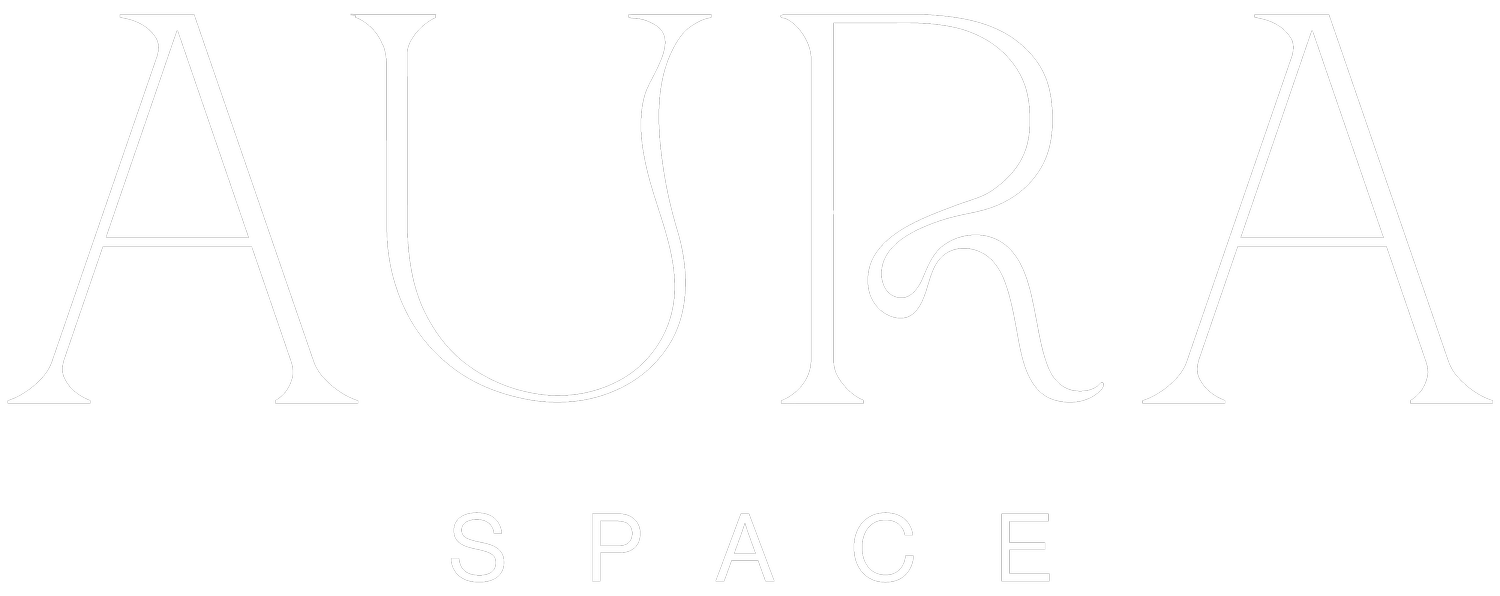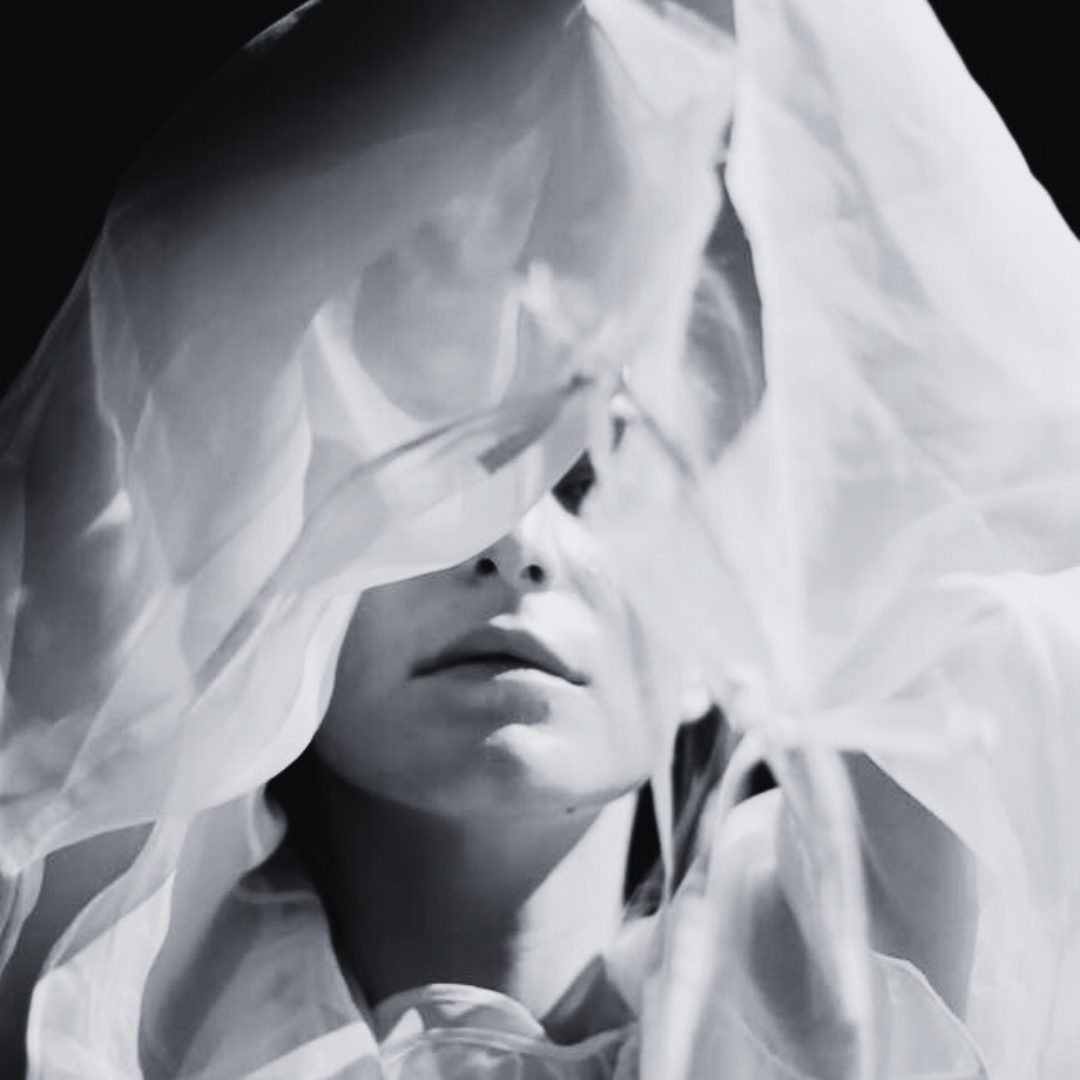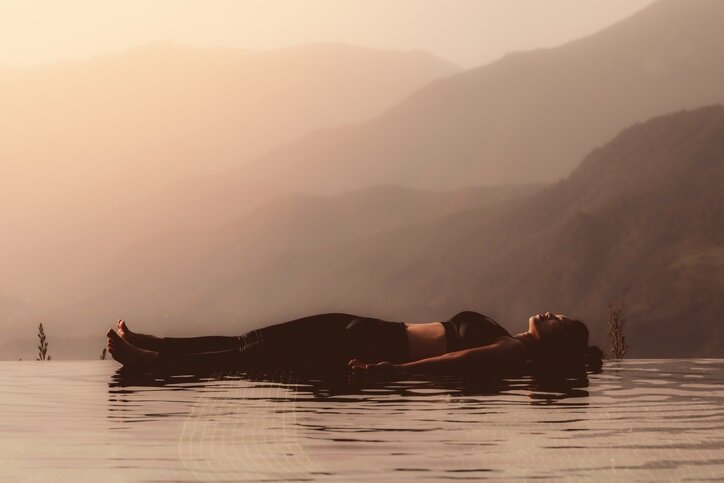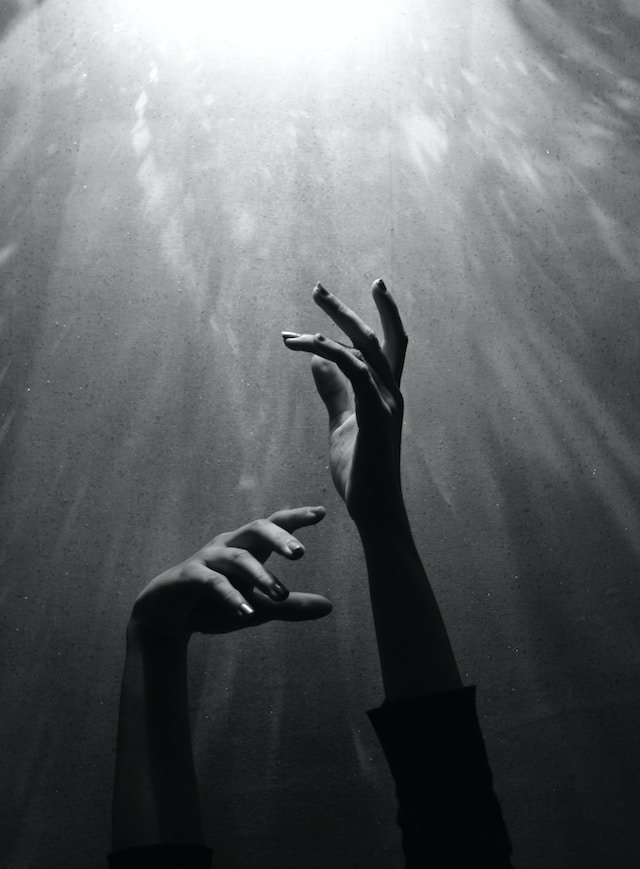
Yin Yoga
What is Yin Yoga?
A slow-paced type of yoga that is deeply relaxing.
A slow-paced type of yoga that is deeply relaxing. I teach Yin through the 5 Elements: Water, Wood, Earth, Metal and Fire which correspond to each season.
In Yin, you will be guided through a sequence of poses which are passively held for 3-5 minutes. By bringing the physical body into specific poses, which target the meridians or “energy lines” and come to stillness, we are able to create a significant autonomic shift not otherwise possible in our busy modern lives.
Yin is such a wonderful reprieve from our fast-paced, stressful lifestyles.
We work to create space in the fascia (connective tissue) in the body. The Yin yoga practice class encourages you to slow down and find stillness. There will be space for and reflection and pure relaxation.
Yin Yoga is a passive and meditative practice that moves us deeply into body and breath awareness.
As we move deeper into poses and practice, Yin slows down the stress-response and busy “thinking-mind'' and we can begin to enter a space of restoration and rejuvenation.
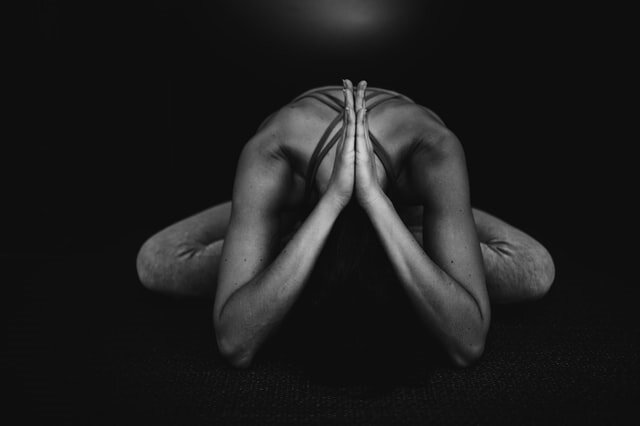
Regularly practicing Yin Yoga can have such a positive effect
on your physical and emotional health.
Benefits of Yin Yoga
There are many benefits of practicing Yin Yoga which include:
Calming the mind and body
Reducing stress and anxiety
Improving circulation and increasing flexibility
Help boost the lymphatic system, therefore improving our immunity
Time for self-reflection and quiet
It can offer a container for moments of contemplation and time to yourself
In our time-poverty society where time is a limited commodity for everyone, Yin replenishes our need for self-care

Yin Yoga FAQ’s.
What do I need to practice?
If you are practicing at home, a yoga mat or blanket is good to have as an underfloor support. It is recommended to practice on a carpeted surface if using a blanket. Some cushions and an blanket are helpful as props to support you also. After each practice, it is important to rehydrate with plenty of fluids and water.
How will I know if I am doing it “right”? What to look for.
In Yin Yoga, the concept of alignment is different from the more physical styles of yoga such as Vinyasa or Ashtanga. Since Yin Yoga relies on gravity to support postures, it is more about functional alignment than aesthetics.
I will provide a “target area” so you will know where to feel the stretch or mild edge in the body. When you come to your first point of resistance and when you feel a sensation in the stretch, that’s your point. It’s that “sweet spot” where you can stay in the pose and resolve to remain still.
If the breath is stressed, it means you have gone too far. If you find that your body is stressed and that you are fidgeting, you have gone too far. Therefore, you will need to pull back and find a softer point. .
As everybody is different, the pose may vary aesthetically. So, it is about finding the balance between functionality and sensation. If you experience any sharp or stabbing pains, come out of the pose immediately.
Do I need to practice other types of yoga alongside Yin?
As a fairly static style of yoga, Yin is intended to be practiced alongside the more dynamic or Yang styles such as Vinyasa, Ashtanga and Hatha. However if you feel your life is too “Yang” or too busy, Yin is the perfect antidote.
Are the online classes recorded?
Yes, I provide recordings with a 7-day playback.

